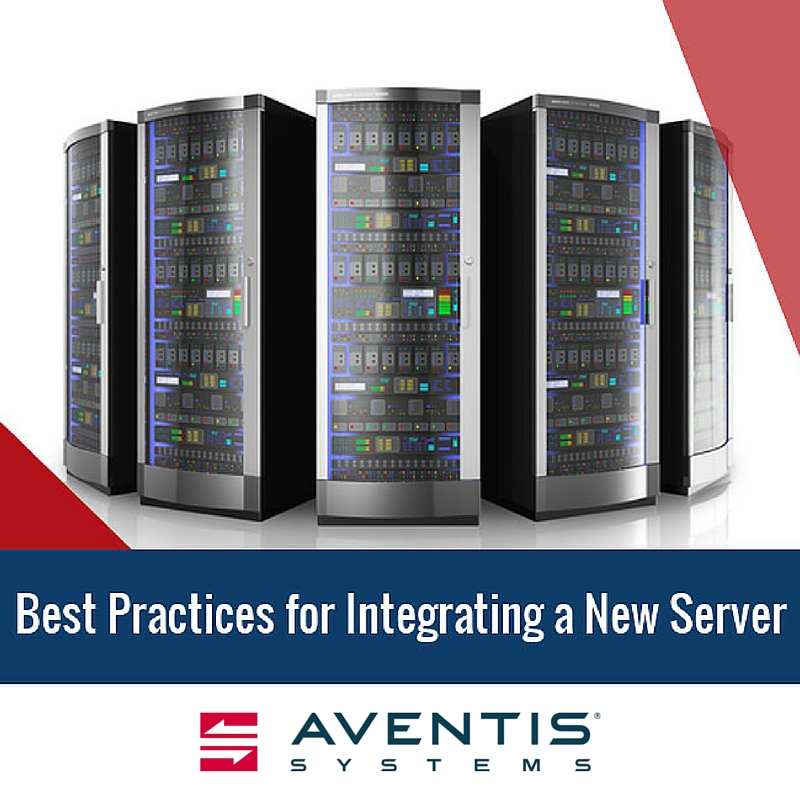Best Practices for Integrating a New Server

If your company is considering a server upgrade, there are a number of roadblocks and challenges you'll have to overcome in order to make sure the server is integrated with no major issues. In this post we will discuss a few of these challenges, and provide tips to ensure the most headache-free server integration possible for your business.
1. Make Sure the Time is Right for an Upgrade
Before you even lift a finger to start working on a new server integration, it’s important that you take the time to really think about whether or not a new server is the right thing for your company. In some cases, refreshing your existing server may provide more bang for your buck. However, if you find this out after you’ve already begun working on your new server integration, it will be too late for you to reverse course.
2. Consider a Change in Server Vendors
Just because you’ve worked with a particular vendor in the past doesn’t necessarily mean that working with them again would be the best thing for your business. Take the time to consider what might have changed between now and when you originally worked with the vendor in question. You may find that the value they offer you isn’t as high as it once was, or that their prices have increased too much. You should also assess how they assisted, if at all, in the event that technical support was required, such as hardware failures. In cases like these, doing your homework in advance could save you time, money and headaches.
3. Take Virtualization Into Account
In recent years, virtualization has begun to offer a variety of benefits to IT infrastructures, including reduced hardware and energy costs. However, in order to make sure that your system can take advantage of the benefits that virtualization has to offer, you must first make sure that the server you install can accommodate and support the virtual machines you plan to install. If you are updating your servers for the first time in years, this may be the first time you’ve ever had to plan for virtualization. Take the time to consider whether or not virtualization is a part of your company’s plans, and how that should affect your server decision-making.
4. Consider Using a Refurbished Server
While some IT decision makers have negative opinions about refurbished IT hardware, a refurbished server can actually be an affordable way to get a quality server that still has several years left on its lifespan. However, not all refurbished servers are created equally, so you should make sure you buy from a reputable vendor that takes the time to clean and restore their servers according to very high standards. For instance, Aventis Systems can offer you HP ProLiant refurbished servers and refurbished Dell PowerEdge servers that can provide a level of performance comparable to a new server at a fraction of the cost.
5. Use IT Support Services
As we've learned so far in this post, there are many different concepts an IT leader has to account for in order to ensure a successful server integration. Sometimes, the amount of time and effort that goes into addressing all of these issues is just not worth it, especially when you can hire a team of knowledgeable professionals like the ones at Aventis Systems to oversee the process for you.
To learn more about how Aventis Systems’ Advanced IT Services can help you execute your server integration quickly and smoothly, contact us today.